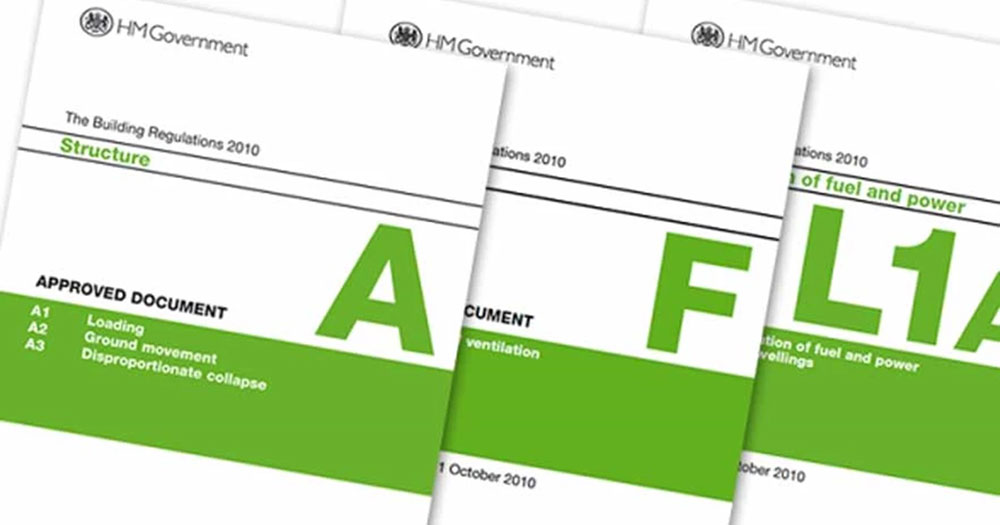New Building Regulations Wales

New Building Regulations Wales NOV 2022
The new approved documents have been released following a lengthy consultation period and are due to come into force on 23rd November 2022.
The release of these documents marks the first significant change to welsh building regulations in over a decade. These new standards will ensure that building work moving forward will deliver a better standard of living when it comes to health, safety and energy efficiency. This will go some way in helping Wales to reach its aim of getting the country to net zero by 2050.
Following the release of the new approved documents, after a quick review we have highlighted the significant changes that will be introduced come this November;
- There will be a 37% reduction in carbon emissions in new homes compared with Part L 2014 standards
- A Primary Energy compliance metric has been introduced alongside the existing carbon emissions standard.
- The changes to the worst acceptable fabric performance values – sometimes referred to as 'backstop' values - include reducing (improving) the window U value from 1.6 to 1.4 W/m2K.
- A new minimum energy efficiency standard has been introduced for new builds set at a minimum EPC rating of 81 (B)
- Tightened limiting fabric standards for thermal elements
- Mandatory airtightness testing will be introduced for all new homes, reducing leakage from 10.0 to 8.0
- Air tightness testers will be able to choose between either Pulse or blower door testing as methods to determine airtightness in dwellings
- Overheating risk has been addressed in its own approved document (Part O) and is no longer featured in Part L and SAP
- The SAP 10 methodology will be adopted.
- Car Charging Points
Aside from the new targets, there are several new additions to AD L which could cause further complications…
Collecting photographic evidence will be required to confirm insulation has been positioned correctly, that the correct ventilation and heating systems have been installed, and that an air test has been completed. Every new house, flat and bungalow will need its own archive of photographs during construction.
Home Energy Guides will be required for all new homes to give occupants a non-technical instruction manual for using the buildings in an efficient way. The Guide may have to include copies of the construction photos, and signed copies of the compliant SAP reports. (The details are still being ironed out).
Meanwhile, two elements of the current AD L are being removed:
One of these is the overheating check, which uses the SAP model to flag up dwellings considered to be high risk. It’s being replaced with a brand new Approved Document, set to be launched on the same date (April 2022).
Regulation 25A, also known as the High Efficiency Alternative Systems report, is being simplified. Developers will still need to look at the viability of various low carbon and renewable systems for their site but will no longer have to give notice to the local authority (unless requested). The logic here seems to be that more homes will need renewable technology to comply with SAP, so there is less of a need to prove that renewables have been considered.
We’re expecting further announcements from both the Welsh and UK governments in the summer, and will release further articles as more details of the new regulations emerge.






